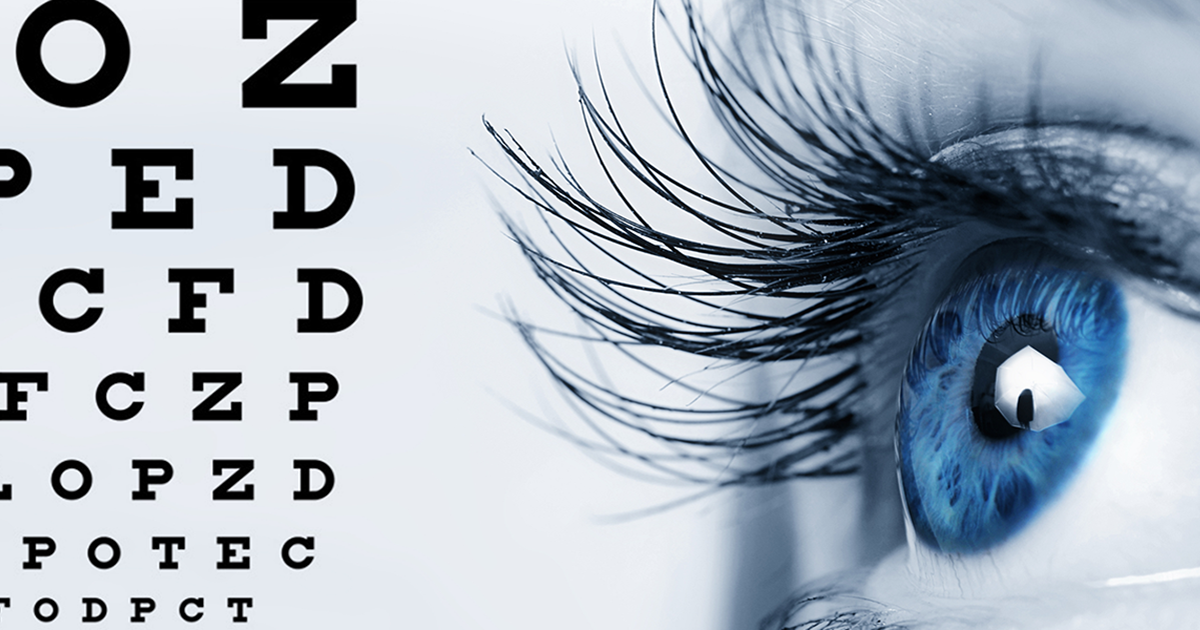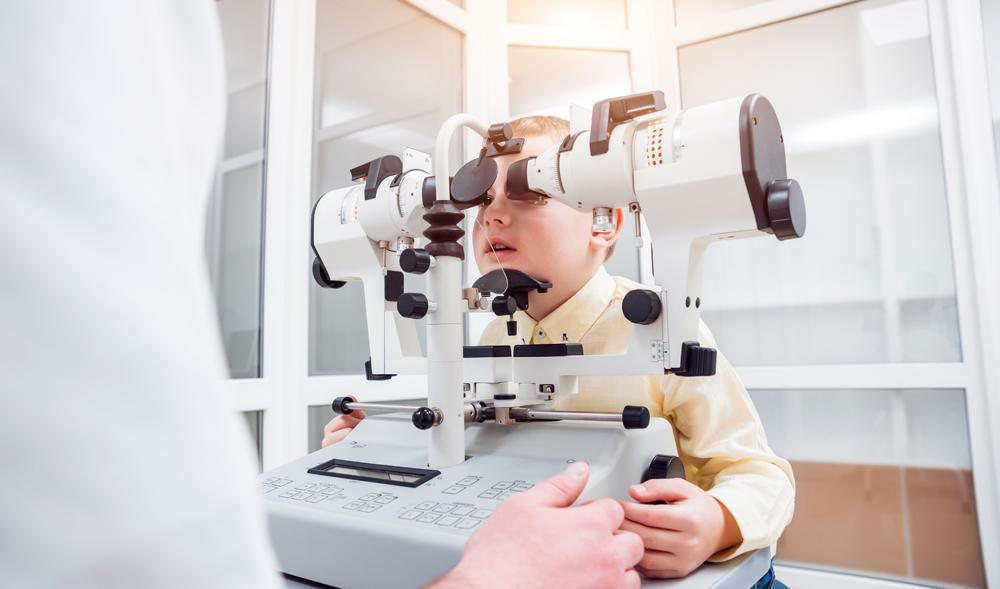Premier Eyecare Near Me: Expert Vision Solutions Available
Premier Eyecare Near Me: Expert Vision Solutions Available
Blog Article
The Role of Advanced Diagnostic Equipment in Identifying Eye Disorders
In the world of ophthalmology, the use of innovative analysis tools has actually changed the early recognition and administration of numerous eye disorders. From identifying subtle adjustments in the optic nerve to keeping track of the development of retinal conditions, these modern technologies play a crucial function in boosting the precision and effectiveness of diagnosing ocular problems. As the need for exact and timely medical diagnoses remains to grow, the assimilation of sophisticated devices like optical comprehensibility tomography and visual area testing has actually come to be crucial in the realm of eye treatment. The intricate interplay between technology and ocular methods not only clarifies complex pathologies yet additionally opens up doors to customized therapy methods.
Importance of Early Medical Diagnosis
Early diagnosis plays a critical duty in the reliable administration and treatment of eye disorders. Prompt identification of eye conditions is vital as it permits for punctual intervention, possibly protecting against more development of the disease and decreasing lasting complications. By discovering eye conditions at an onset, doctor can offer ideal therapy plans customized to the certain problem, ultimately resulting in better end results for clients. Early diagnosis makes it possible for patients to access needed support solutions and sources earlier, improving their total top quality of life.

Technology for Detecting Glaucoma
Cutting-edge analysis modern technologies play an important role in the very early discovery and surveillance of glaucoma, a leading reason for irreversible loss of sight worldwide. One such innovation is optical comprehensibility tomography (OCT), which offers in-depth cross-sectional photos of the retina, permitting for the measurement of retinal nerve fiber layer thickness. This dimension is essential in evaluating damages triggered by glaucoma. Another sophisticated tool is visual area testing, which maps the level of sensitivity of a client's aesthetic area, assisting to spot any kind of areas of vision loss attribute of glaucoma. Furthermore, tonometry is made use of to determine intraocular pressure, a significant risk variable for glaucoma. This test is vital as raised intraocular pressure can result in optic nerve damage. In addition, newer technologies like making use of synthetic knowledge formulas in evaluating imaging data are showing promising cause the very early discovery of glaucoma. These innovative diagnostic devices make it possible for ophthalmologists to diagnose glaucoma in its beginning, permitting for prompt treatment and much better management of the disease to avoid vision loss.
Function of Optical Coherence Tomography

OCT's ability to quantify retinal nerve fiber layer density permits accurate and objective dimensions, assisting in the very early detection of glaucoma also prior to visual area problems emerge. In addition, OCT technology permits longitudinal surveillance of structural adjustments gradually, why not try these out assisting in customized therapy plans and timely treatments to help protect clients' vision. The non-invasive nature of OCT imaging additionally makes it a preferred choice for keeping an eye on glaucoma progression, as it can be duplicated frequently without triggering discomfort to the individual. Overall, OCT plays an essential role in enhancing the analysis precision and monitoring of glaucoma, inevitably adding to far better results for individuals at risk of vision loss.
Enhancing Diagnosis With Visual Field Testing
A vital component in detailed sensory examinations, aesthetic field testing plays a crucial duty in improving the analysis process for various eye disorders. By analyzing the full degree of a client's aesthetic field, this test supplies vital information about the functional stability of the entire aesthetic pathway, from the retina to the visual cortex.
Aesthetic field testing is particularly important in the medical diagnosis and management of problems such as glaucoma, optic nerve disorders, and various neurological conditions that can influence vision. With measurable measurements of outer and main vision, clinicians can find refined adjustments that may indicate the existence or progression of these problems, even prior to obvious symptoms take place.
Additionally, aesthetic field screening enables the tracking of treatment efficiency, aiding eye doctors tailor therapeutic interventions to private clients. eyecare near me. By tracking modifications in aesthetic field efficiency over time, health care carriers can make enlightened decisions about adjusting medicines, suggesting medical interventions, or implementing other ideal measures to maintain or enhance a person's aesthetic function
Managing Macular Degeneration

Verdict
In conclusion, progressed analysis devices play a crucial role in determining eye problems early on. Technologies such as Optical Coherence Tomography and visual area testing have actually greatly boosted the accuracy and performance of detecting conditions like glaucoma and macular degeneration. Early discovery permits prompt treatment and monitoring of these conditions, ultimately causing far better outcomes for patients. It is crucial for health care specialists to remain upgraded on these developments to give the best possible care for their clients. eyecare near me.
Report this page